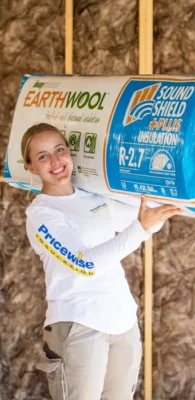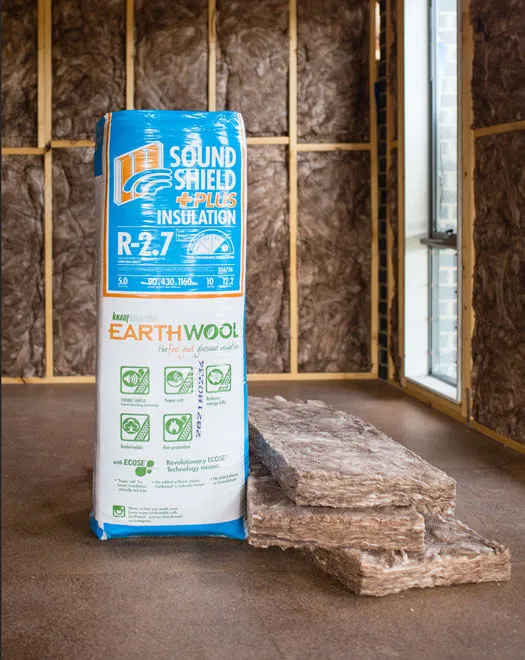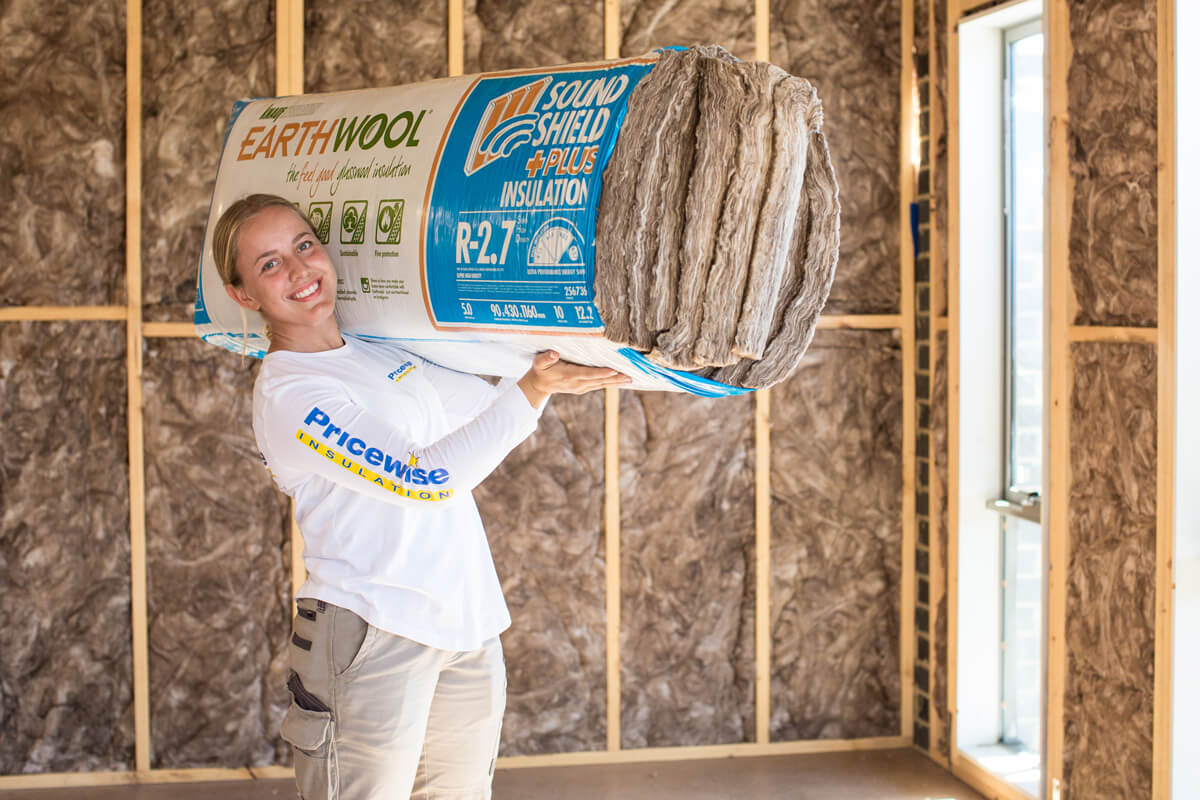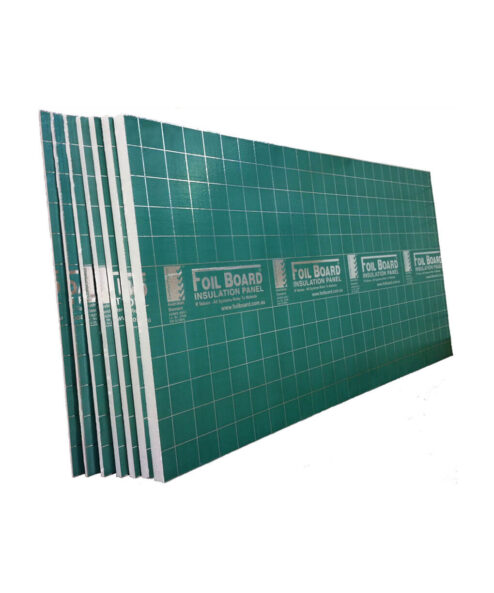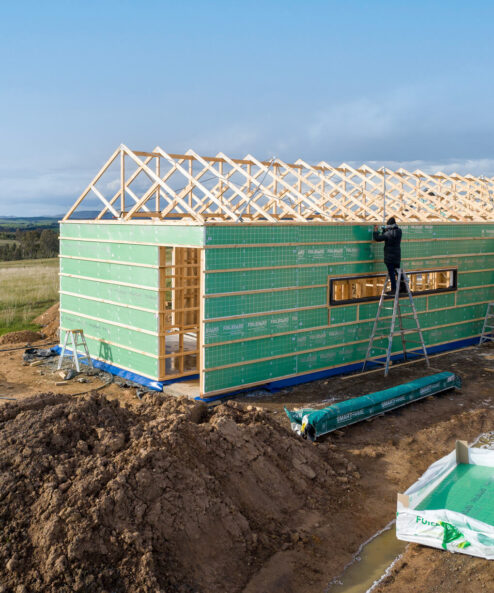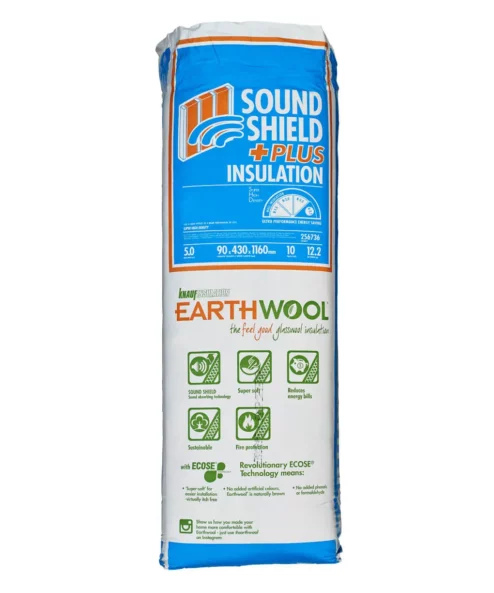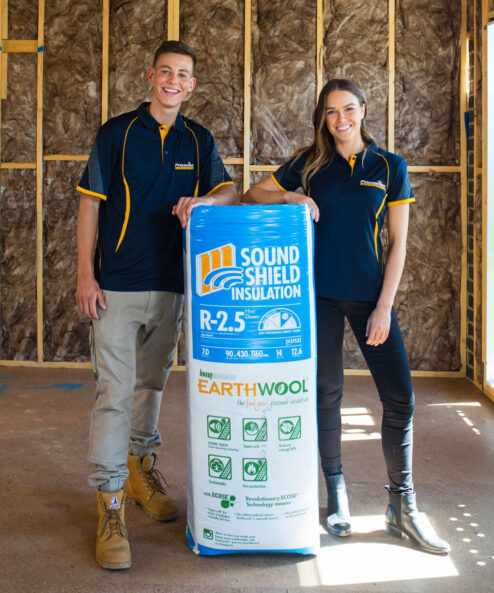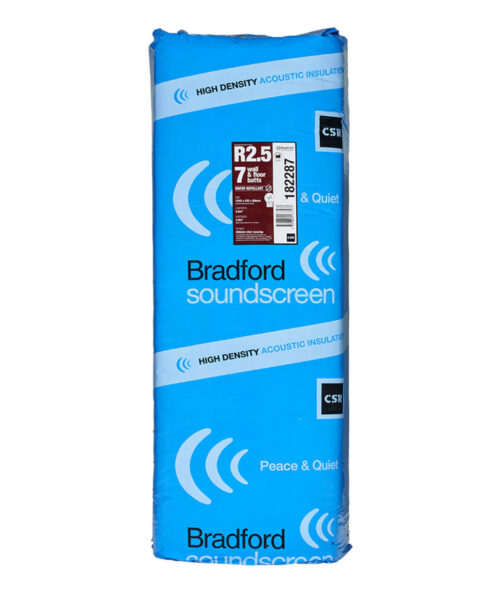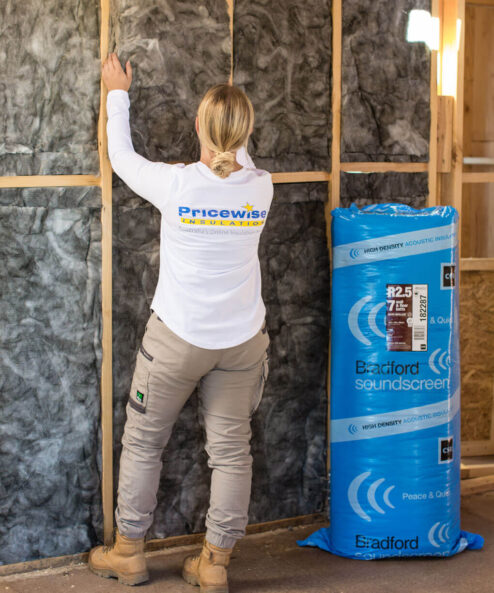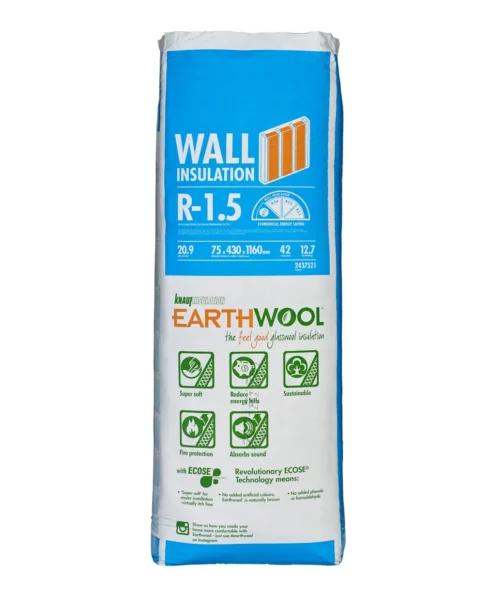Insulation Tips
Best Wall Insulation for Australian Homes
Some things in life stay the same (death and taxes come to mind), but the weather is not one of them. Wherever you live in Australia, your home will contend with temperature swings that might range from 40 degrees Celsius in summer to around (or even below) zero, depending on the season.
With such variability, how do we fight back and maintain a comfortable temperature at home? One answer is wall insulation. A relatively recent addition to most Australian homes (it was uncommon before 2000), wall insulation is vital for keeping temperatures consistently comfortable, whatever the weather outside is doing.
In this guide, we’ll look at what exactly wall insulation is, how it works and how you can go about choosing the best wall insulation for Australian homes.
TABLE OF CONTENTS
- Best Wall Insulation for Australian Homes
- What is Wall Insulation and How Does it Work?
- What is a Good R-Value for Wall Insulation
- Types of Wall Insulation
- Benefits of Insulation
- Choosing the Best Wall Insulation for your Home
- Best Wall Insulation for Colder Climates
- Best Wall Insulation for Hotter Climates
- Explore the best wall insulation solutions
What is Wall Insulation and How Does it Work?
As we explained in our guide, ‘How does insulation work?’ insulation is a thermal material that slows the transfer of heat in and out of a building. For our purposes here we’re talking about insulation installed in a wall, but you’ll also commonly find insulation in roofs and flooring.
Regardless of where the insulation is installed, it works based on the same processes. To put it simply, heat likes to equalise. If it’s hot outside and cool inside, thermal energy (‘heat’) will transfer from hot to cool until things are in balance. That’s why your nice, cold home, if not properly insulated, will quickly heat up on a hot day.
As we discussed in our insulation guide, there are three ways that heat transfer occurs:
- Radiation: Heat moves via energy waves, like the sun’s heat travelling to Earth
- Convection: Here, heat travels through mediums like water or air
- Conduction: This is heat travelling directly between two solid objects
Insulation works by using materials to prevent heat from transferring through these methods – predominantly radiation and conduction. For instance, reflective foil is often used to combat radiant heat, while bulk insulation (such as glasswool or polyester) slows down conductive heat.
When the right types of insulation are chosen and installed correctly, wall insulation can be highly effective at keeping a home’s temperature consistent. How well any insulation works depends on its R-Value, which we’ll look at next.
What is a Good R-Value for Wall Insulation
If you want to know how well a type of insulation works at preventing heat transfer, look for its R-Value, which is the typical wall insulation Australian standard.
As we discussed in detail in our ‘What does R-Value mean?’ blog, this is a rating that shows how resistant insulation is to heat transfer, calculated by dividing the thickness of insulation (in mm) by its thermal conductivity (measured in watts per metre-Kelvin). The higher the number, the better the insulation.
Australian homes have a minimum R-Value requirement, but we generally recommend exceeding that number. For more southerly locations like Sydney, Melbourne and Adelaide, we strongly recommend a minimum R-Value of R2.5 for external wall insulation. For warmer areas like Perth, Brisbane, and Northern NSW, a minimum of R2.0 wall insulation is generally sufficient.
For more detail about choosing the right R-Value for your home’s wall insulation, take a look at our video guide, ‘Wall Insulation – What R-Value Should I Install?’
Types of Wall Insulation
What is the best insulation for walls, then? While there are plenty of different material types and styles of insulation that can be used for walls, there are two broad categories: internal and external. Let’s take a closer look.
Internal Wall Insulation
As it sounds, internal wall insulation is used on internal walls of the home – walls between rooms, for example. Internal wall insulation can offer acoustic benefits as well as thermal, dampening sound between rooms while also offering the ability to create thermal ‘zones’ – rooms with different temperatures.
For internal walls, we recommend bulk insulation:
- Bulk insulation: Bulk insulation, including glasswool and polyester, is ideal for internal walls, with its acoustic properties as well as slowing down the transfer of heat. Bulk insulation is generally quite thick and is a common way to keep heat and sound in or out inside a home. We recommend installing R2.0 or R2.5 acoustic insulation in internal walls.
External Wall Insulation
External walls are exposed directly to the outside world, including the heat of the sun’s rays and the variable temperatures of the air. External wall insulation provides a first defence against heat transfer. Bulk insulation is common – as with internal walls – but reflective insulation is particularly effective against radiant heat.
- Reflective insulation: As its name suggests, reflective insulation helps keep heat out rather than keeping it in (like bulk insulation). One common type of reflective insulation is foil insulation, which uses a reflective surface to repel heat. This type of insulation can be improved for more variable temperatures with a foam core, as well as a sufficient air gap of 2-4cm.
Video – How to Insulate Internal Walls
Benefits of Insulation
There are several benefits of both of the main types of insulation – beyond complying with regulations. Let’s take a closer look at why you should be thinking carefully about your insulation choices.
Energy Efficiency
Energy efficiency is the ability to get consistent, predictable results from your appliances without overcommitting to the energy you’re spending. If you want to keep your home at 21 degrees all winter long, for example, you don’t want to have to run your heater all day. By stopping the constant balancing act of thermal transfer, insulation makes your efforts to keep your home hot or cool much easier, keeping heat consistent without energy-sapping appliances.
Check out our blog ‘How to make your home energy efficient’ for more detail on energy efficiency.
Improved Comfort
If you’ve ever lived in a home that had poor insulation, you’ll know how uncomfortable it can get. Sweltering in the summer, shivering in the winter – it’s pretty awful.
Insulation keeps you comfortable by allowing temperatures to stabilise. Once you heat your lounge room, for instance, you don’t want that heat to get sucked out through the walls. By keeping thermal transfer low and stable, you’re able to much more predictably heat or cool your home, making things much more comfortable.
Cost Saving
We all know about the cost of living pressures, and it’s demoralising to see dollar signs floating out the window along with your warm air. In fact, Sustainability Victoria suggests that a fully insulated home can cost 40-50% less to heat than an uninsulated home.
Choosing the Best Wall Insulation for your Home
Whether you’re renovating or building a new house, the insulation you choose can have a massive impact on the comfort and cost-effectiveness of your home. As we’ve discussed, there are a lot of design options and insulation styles to choose from, depending on your needs.
One of the biggest factors will be the climate of your area. As we mentioned above, the best way to determine if insulation is appropriate for your needs is the R-Value, with a rating of R2.5 best for cool climates and R2.0 for warmer areas. So what is the best insulation for you? Let’s take a closer look at some of our favourite options:
Best Wall Insulation for Colder Climates
Due to their lower winter temperatures and high-temperature variability, we recommend R2.5 wall insulation for cool climate areas like Melbourne, Sydney and Adelaide. Here are a few of our favourite options:
- R2.5 HD Knauf Earthwool Sound Shield Insulation Batts: Another great bulk insulation option, the Knauf Earthwool Sound Shield, is made from 80% recycled glass and easy to handle for experts and DIYers alike. At R2.5, this insulation provides plenty of thermal comfort for Australia’s cooler climates, keeping you warm in winter and cool in summer. And, like the Bradford, this Knauf insulation has excellent acoustic performance, which is great for busy roads or just a little peace and quiet.
- R2.5 Bradford SoundScreen Acoustic Insulation Batts: For a combination of thermal performance and acoustic dampening, we love bulk insulation like Bradford Soundscreen Acoustic insulation. This is a great example of thick insulation batts that, at R2.5, has more than enough thermal insulation for most Australian climates, while reducing noise by up to 70%.
Best Wall Insulation for Hotter Climates
Warmer climates don’t require the same high R-value as cooler ones, but it’s still great to have high-quality insulation, no matter where you live. For Australia’s warmer regions like Brisbane and Perth,
When it comes to the best wall insulation in Australia for warmer climates, this is what we recommend:
- R2.0 Pink Soundbreak Soundproofing Insulation: For a balance of thermal performance and acoustic insulation, we love Pink Soundbreak Insulation. Particularly for smaller wall cavities, this insulation is an ideal choice, needing just 70 or 75mm, offering a smaller alternative to standard R2.0 insulation (which is typically 90mm thick). Perfect for loud acoustic environments both indoors and outdoors.
- R2.0 Bradford Polymax Polyester Wall Insulation Batts: With its polyester construction, the Bradford Polymax is a great all-round insulation. Polyester insulation is allergy-friendly, can be torn apart instead of cut, and 100% reusable, which makes it a great choice for many homes. An R-value of 2.0 makes Bradford Polymax a perfect option for most of Australia’s northern locations.
Explore the best wall insulation solutions
Whether you’re looking for the best thermal performance, acoustic dampening or a perfect all-rounder, you’ll find the right wall insulation at Pricewise. Browse our full range today, and bring all the comfort, energy-efficiency and cost-saving benefits of great wall insulation into your home.
Looking for expert advice? Get in touch with our friendly team today to learn more.

